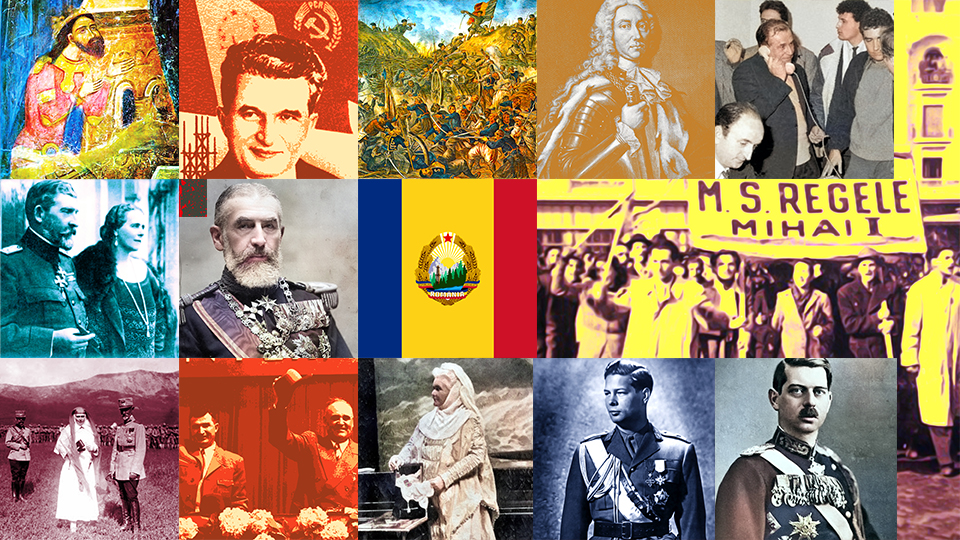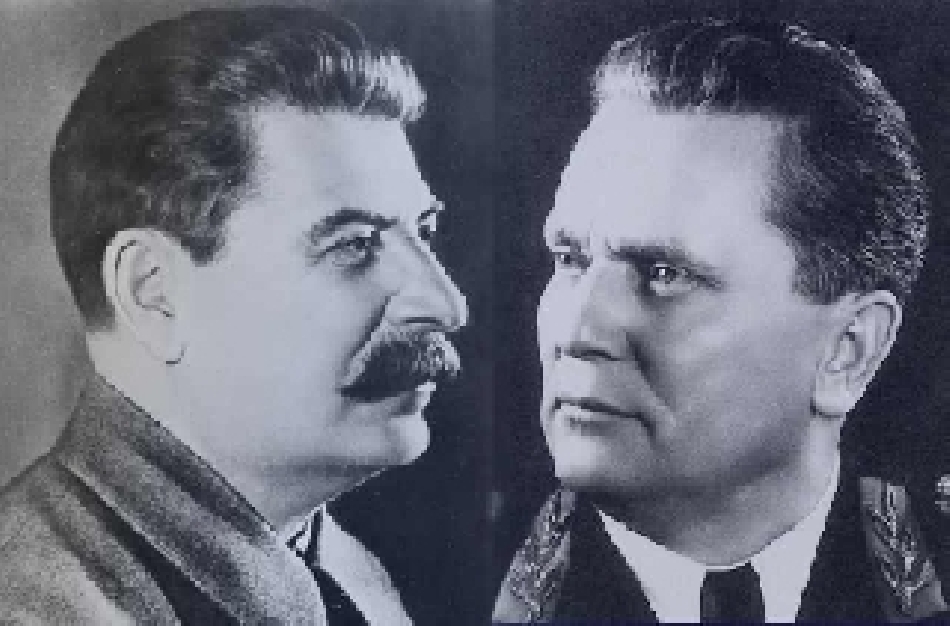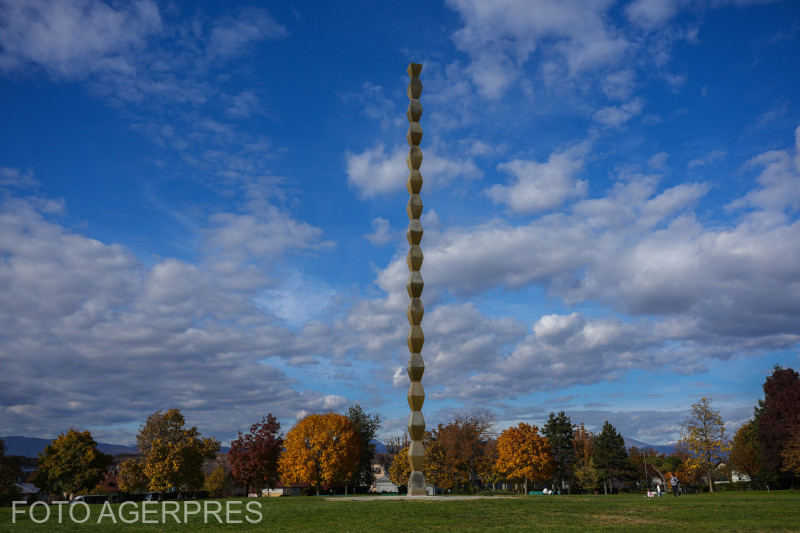The workers’ faculty
The communist party seized power in Romania on March 6th, 1945, with the help of the Soviet Union and immediately started the transformation of society based on the Soviet model.

Steliu Lambru, 25.04.2016, 12:57
The communist party seized power in Romania on March
6th, 1945, with the help of the Soviet Union and immediately started
the transformation of society based on the Soviet model. The 1948 reform of the
education system made possible the emergence of an unusual form of higher
education: the workers’ faculty. Universities were considered by communist
ideology as a manifestation of capitalist exploitation. As workers were now the
focus of the communist regime, university was meant to transform man educated
in a proletarian spirit into a new type of man. One of the purposes of the
workers’ faculty was to create new cadres able to replace the former ones. The
workers’ faculty was also a means of gaining and exerting control over the
young people.
Andrei Banc was a radio and TV journalist who went to
university in the mid-1950s, at a time when the workers’ faculty system was
flourishing. In a 2002 interview to Radio Romania’s Oral History Centre, Andrei
Banc described how young people could join the workers’ faculty:
When I went to university in 1955, the communist
regime had only been in power for 10 years, actually just 9 years if we start
counting from the 1946 elections. In these nine years, the communists had
created an entire state apparatus. This is how many workers, that is people
with an acceptable background and a healthy social origin, ended up in
leadership positions although some of them had not even finished high school.
So they were offered the chance to fast-track high school and study for another
two years at the workers’ faculty. The two-year long workers’ faculty replaced
the fact high school education, because many who attended hadn’t even graduated
from secondary school. So, basically they finished high school in two years,
which was not as bad as it would seem today. My generation also finished high
school in two years, after the Russian model. More than one third of my
colleagues came from the workers’ faculty and were much older than the rest of
us.
The students of the worker’s faculty were adults who
had adhered to the communist ideology and supported the new regime. One of
their responsibilities was to provide guidance to the younger generation.
Andrei Banc explains:
When they finish high school today, young people are
19 or 20 years old. At this age, most of my female colleagues had already been
married. Some of them had even given birth. Many got married to people with an
official residence in Bucharest, which meant they would be secured a job in
Bucharest. Some of our colleagues from the workers’ faculty were twice our age.
Today, when I am in my 60s and they are in their 70s and 80s this age
difference doesn’t matter any more. But it mattered when I was 16 and they were
32, they were twice my age. They were married people, with children, many also
with a job. They were people with responsibilities and couldn’t afford doing
all the crazy things you do when you are young. They were under pressure, not
only because they were party members, but also because they came from working
class families, so they couldn’t do anything reckless that would cost them
their jobs and their faculty place, they had families to support. It was not
that simple for them.
The students from the workers’ faculty occupied the
leadership positions in all students’ organisations. Andrei Banc once again:
In a way, they were the arm of the Communist Party
in universities, whether the philosophy faculty or the law school. The party
secretaries in each faculty were chosen from among the students of the worker’s
faculty. This was also the case with my faculty’s party secretary, who was, in
fact, an admirable man. These people were not necessarily narrow-minded
individuals. This guy, for example, who was twice my age, was a journalist for
the Munca newspaper. The members of the Workers’ Youth Bureau were
elected democratically, while the party secretary was in fact appointed and he
would be an older student of the workers’ faculty. Another type of workers’
faculty student was someone who already had a very important job and who
wouldn’t show up for classes, only for exams. One such man was Dumitru Aninoiu.
I was part of a study group with Aninoiu and some other students, preparing for
our exams. They had no notes, and knew absolutely nothing. There were 10 or 12
of us in the study group: we, the regular students, who were younger and
generally better prepared, and a few students from the workers’ faculty, who
were a bit slower learners. Aninoiu, who had no education whatsoever, was a
director in the Press Directorate. So, there was us, the younger students and
the workers’ group full of serious people.
The
workers’ faculty was a parasitical entity feeding on Romania’s higher education
system. It was a structure the communist regime needed to create its own
cadres. In the 1960s, it formed the basis of the ideological education system.






























